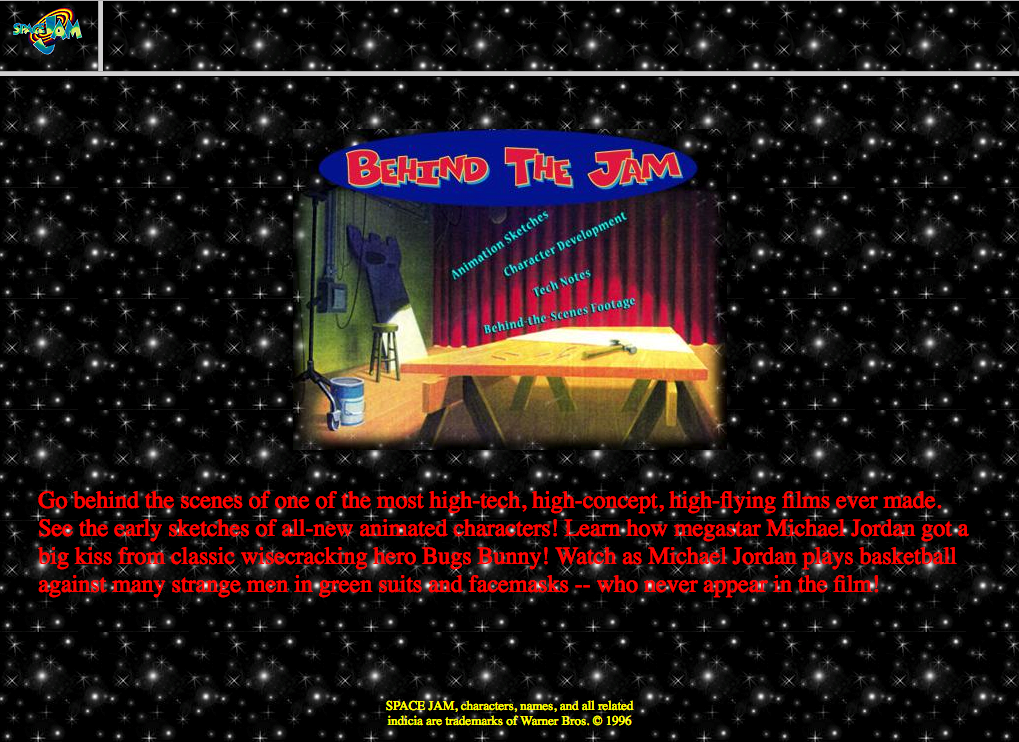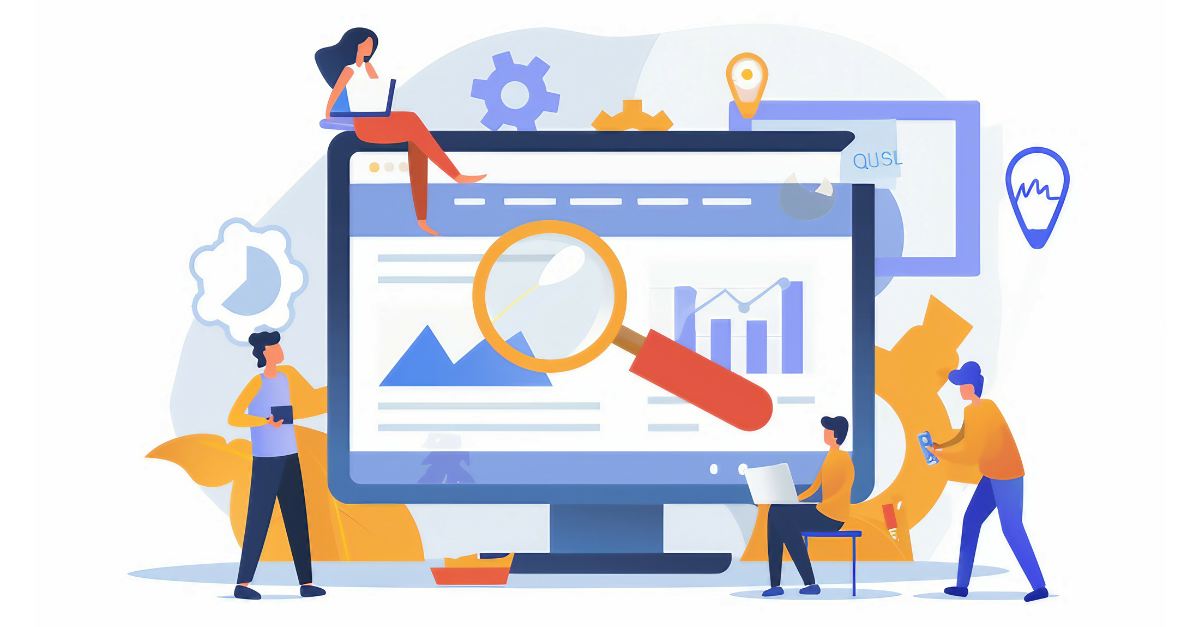Re-building websites costs money and time. The trick to approval is justifying the expense.
It has been my experience that rarely is the decision to rebuild a website up to one person. That being said, since different internal team members will need to be excited and inspired by the idea to rebuild, you will want to share different customized ROI stories. It would be smart to start with crafting a few ways that you see the website redesign benefiting the company and then tell the right story to the right person.
This post is written under the assumption that the website is rebuilt using new technology that is flexible and easy to manage (i.e. WordPress, Drupal). Now you need to sell the idea to your decision-making team. Each of the below points can serve as a factor in the formula you use to establish a website ROI for your company.
Here are a few examples for explaining a website ROI:
Internal
- IT Bandwidth: Bob from IT will stop avoiding you. A lot of the time we find that the IT team bears the burden of an outdated website. Rebuilding a new website can bring everyone together to define a new plan for technology that will align with everyone’s goals. And then we can sing Kumbaya over fist bumps.
- Content Management Efficiency: Your Marketing Manager, Lynn, will be freed up from her usual “content updates” that take 7-8 hours a week, so she can manage marketing strategy!
- Website Security: This will give you time to re-visit how you are maintaining and managing your website. At very least you should have someone internally handling updates, so your website doesn’t become a target to hackers.
- Better Marketing Data: The website redesign will also provide you with the opportunity to revisit your entire marketing landscape and ensure all tracking is set up correctly, so the data tells the right story. In the long run this makes your marketing activities more efficient and effective.
- More Control: Because you will use this opportunity to move into something that is easier to manage and doesn’t require a technology whiz for each update, you will be able to control messaging, campaigns, promotions and events with ease.
External
- Keeping up with the Times: Your brand will be seen as relevant in the eyes of the public, because we all know what thoughts run through our head when we see a website like this or this gem below! And yes, Space Jam was really cool in the 90’s, but expectations change over time, so too should your website.

- Up-level User Experience: Re-designing a website provides you with an opportunity to review the analytics and customer journey on your website via heat-mapping or other useful tools. This way you can paint a realistic picture of where your customers and prospective buyers like to spend their time on your website and then use that data to inform the design. This helps to capitalize on the users once they arrive on-site. You may see an increase of engagement and hopefully conversions once you update the website to reflect the data you see.
- Mobile Friendly: User expectation is that they should be able to view and engage with your website across all their devices with a similar and familiar manner. It’s important that you plan for and test mobile-friendliness. You may lose customers to others in the market place that have an easier to use interface. Not only does this benefit your customers but you may be dinged in search ranking via Google if you don’t create a seamless experience.
- Stay Competitive: Sorry not sorry, if you aren’t updating your website on a monthly basis with engaging, newly created content, it looks like you let yourself go. You’ve got to “own” your space in the market and if your website is not reflective of your being the leader or innovator then your clients and prospects will begin to take interest in others in your market.
- User Information Security: With the number of stories of about information breeches, users are very cautious in regard to where and with whom they want to share their personal information. That being said, the internet is training users to expect an SSL certificate to prove that the website is secure. Also, it is currently also a factor in the Google Algorithm of how your content will be ranked within their search engine. Get more users to your website and keep them there by ensuring you have the SSL certificate in place.
- Feedback: When defining the plan for the website redesign, you’ll want to outline the plan to garner feedback from customers and users. Typically, you will want to offer a few different options. Those could include:
- Onsite Survey: an online survey that pops up as a modal window within three clicks or one minute on the website
- Contact Form: not only is it important for the user to have an efficient way to connect with you, but it is equally, if not MORE important to make sure you have a process to manage those inquiries, because those could lead to happy to unhappy customers.
- Marketing Automation: You should also be including marketing automation that also collects feedback throughout the engagement.
- One-to-One Customer Email Engagement: User actions on your website can trigger marketing automation based on the way the individual interacts with you. Email is the most cost-efficient way to optimize the experience for the user and continue a lasting and profitable relationship with your customers.
- Segmented email campaigns get 14.31% more opens and 100.95% more clicks than non-segmented campaigns.
- Email has a median ROI of 122% – over 4x higher than other marketing formats including social media, direct mail, and paid search.
The Bottom Line
- Headcount: Now, I realize this is a touchy one because no one wants to talk about technology replacing people. The reality is that an easier to maintain website can allow your current employees to re-prioritize to focus on the jobs that you need humans to manage – like developing the strategy.
- eCommerce Sales: The easiest and most used formula for defining a website ROI is taking a look at how much you paid for the website and then how much revenue the website produces. If you want to better understand how you can calculate your website ROI feel free to use our Website ROI Calculator here.
In a Perfect World… for non-ecommerce leads, you will be measuring/monitoring all three of the below:
- Marketing Qualified Leads (MQL): How many leads are qualified by the marketing team and their definition of a “good lead”
- Sales Qualified Leads (SQL): This is asking the sales team to weigh in on how many of the leads that came in where qualified.
- Closed Deals: While this is one of the ideal things to monitor and track, the reality is it takes some work to ensure you have a closed sale feedback loop. While stressful, this is really worth all the effort because it can truly tell you what is working and what isn’t so you don’t spend money or time on initiatives that don’t deliver. It may be a matter of getting different people or different systems to talk to one another… but it’s the right thing to do.
Want to learn more about how you can evaluate your current website and marketing automation strategy? Please register to join us for our November 15th Beer and Learn here.



